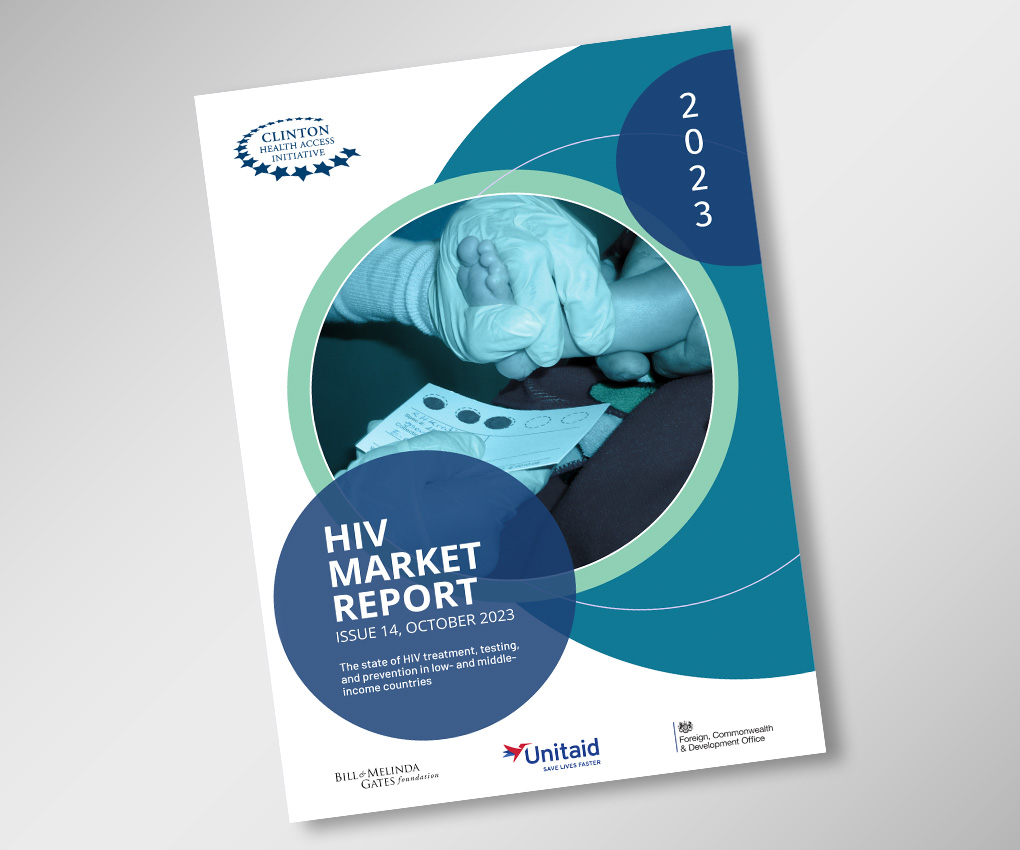CHAI is pleased to release the fourteenth issue of our annual HIV market report. This report provides a detailed look at the complex, ever-changing HIV landscape in low- and middle-income countries based on aggregated market intelligence from our work in over 20 countries.
Over the past 20 years, innovative partnerships between governments, PEPFAR, the Global Fund, and other partners have significantly improved access to HIV services across the cascade. As a result of these efforts, new HIV infections have reduced by 50 percent and AIDS-related deaths have dropped by almost 70 percent since 2003.
Despite these gains, efforts are intensifying to curtail new infection rates, which remain persistently high. In 2022, over 2.5 million individuals globally received oral pre-exposure prophylaxis. New products like long-acting cabotegravir hold promise to drastically reduce infections, although accessibility in low-resource settings is hindered by cost and production capacity constraints.
Affordability of Testing
HIV diagnosis remains the largest gap among the UNAIDS 95-95-95 targets, and testing rates for children and adolescents are significantly below those of adults. However, diagnostic services are improving, with self-tests available for just US$1, the introduction of affordable combination tests including a dual HIV/syphilis test, and the continued decentralization of point-of-care options for CD4, viral load, and early infant diagnosis.
Currently, over 90 percent of adults in generic-accessible low- and middle-income countries use dolutegravir (DTG), the WHO-recommended treatment, which costs less than US$45 per person per year. Additionally, over 160,000 children are on pediatric DTG. And for the first time ever there is a generic triple fixed-dose combination containing DTG for children in the form of pediatric ABC/3TC/DTG (pALD). However, political, social, and other barriers exacerbate disparities in treatment access across children, key populations, and regions.
Despite improvements in treatment coverage, 630,000 people still died from AIDS-related causes in 2022. Tuberculosis, cryptococcal meningitis, and bacterial infections remain among the major causes of death for adults and children living with HIV. There is an urgent need to leverage new and existing platforms prevent advanced HIV disease, particularly for children.
With just 2 years left to meet the UNAIDS 95-95-95 targets, declining and uncertain funding threaten to erode the progress made in the HIV response. To make continued progress towards ending HIV, global efforts must prioritize key populations and their partners, bridge treatment disparities between adults and children, and ensure sufficient and sustainable funding, among others.
Download the 2023 HIV Market Report






